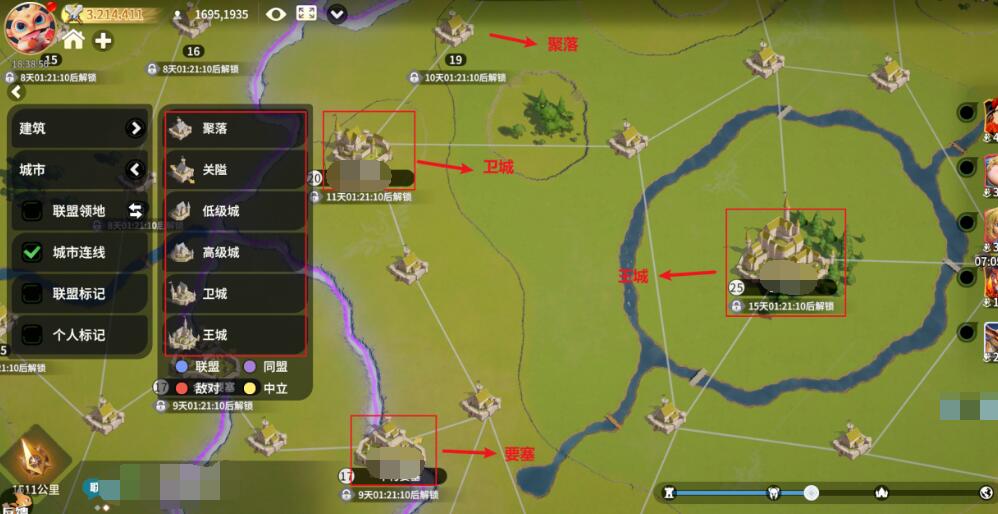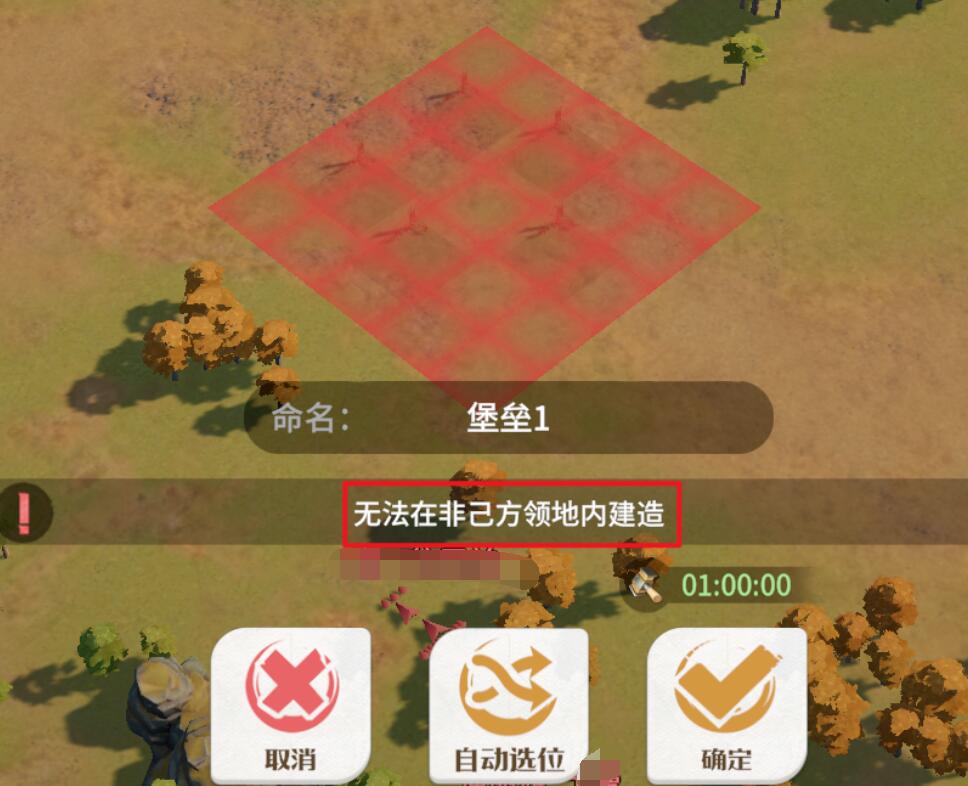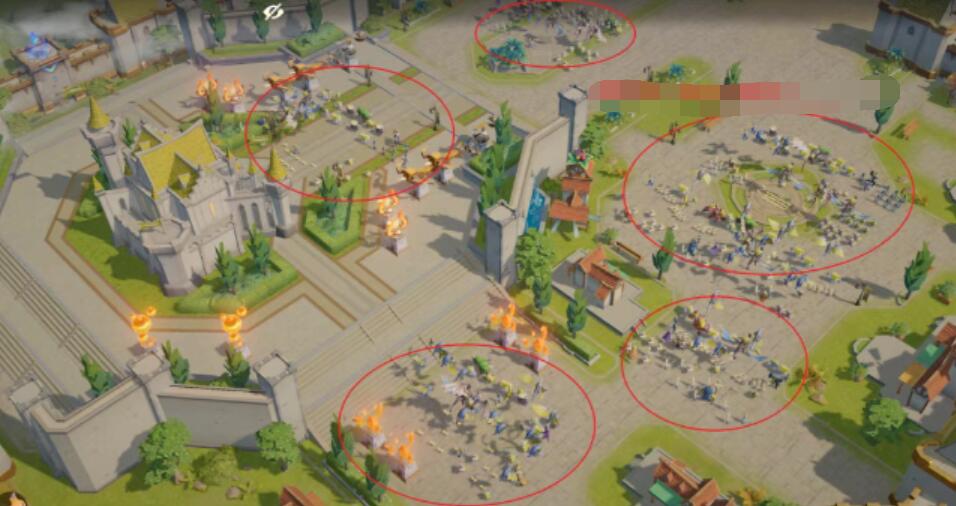The city defense gameplay of the Dragonstone War is the core content of alliance PVP and PVE. Today, we will introduce the city defense gameplay of the Dragonstone War, where players need to compete for settlements, passes, and towns on the map through strategic attacks and defenses. The ultimate goal is to capture the royal city to win the season. This guide will introduce how to efficiently organize sieges, reduce battle losses, and optimize tactics.

Before the siege, it's essential to ensure that the combat power of the alliance members meets the standard. The condition for declaring war is to occupy an adjacent city, and the declaration time is from 20:00 to 22:30 daily, with a 30-minute limit for the siege. After successfully capturing, there is a 1-hour truce period. The alliance commander should calculate the recovery time of the declaration order (one every 6 hours) in advance to avoid running out. It is recommended to prioritize attacking unoccupied cities to save time, while reasonably distributing the declaration targets - up to two settlements, two towns, and one pass can be declared simultaneously. Before the siege, remind members to gather via alliance markers and emails, and use the appointment assembly function to allow offline players to automatically participate in the battle.

During the siege, the formation of the army and the execution of tactics are crucial. The strength of the defending forces increases with the level of the city; low-level cities are suitable for initial conquests, while high-level cities and passes require the assembly of high-combat members. Before the attack, adjust the army configuration to ensure that the front line consists of high-defense units (such as stone golems, shield soldiers) to absorb damage, and place long-range attackers (such as archers, mages) at the back. If the enemy has air units (like the flying intelligence officer "Robin"), counter them with anti-air units (such as artillery). After the battle starts, the front-line units engage the enemy first, and the rear output delays entry by 30 seconds to avoid being focused by the defenders too early.

The layout of the defending side's city directly affects the success rate of defending. The main fortress should be placed in the center, surrounded by defensive towers (such as arrow towers, magic towers) and walls. The connection points of the gates have triple health, effectively delaying the enemy's advance. Traps (such as slow traps, explosive traps) should be placed on the enemy's attack path to disrupt their marching rhythm. If the enemy mainly uses air units, place anti-air towers at key positions. When offline, you can set up support to let AI automatically control the defensive units, but it is still recommended to manually adjust the defense strategy when online to cope with different attack methods.

In summary, successful city defense battles rely on alliance collaboration, tactical execution, and city construction optimization. Whether attacking or defending, strategies must be adjusted according to the enemy's lineup, using unit counters and terrain advantages to reduce battle losses. Mastering these details allows players to more efficiently participate in map contention and secure the final victory for the alliance.


















